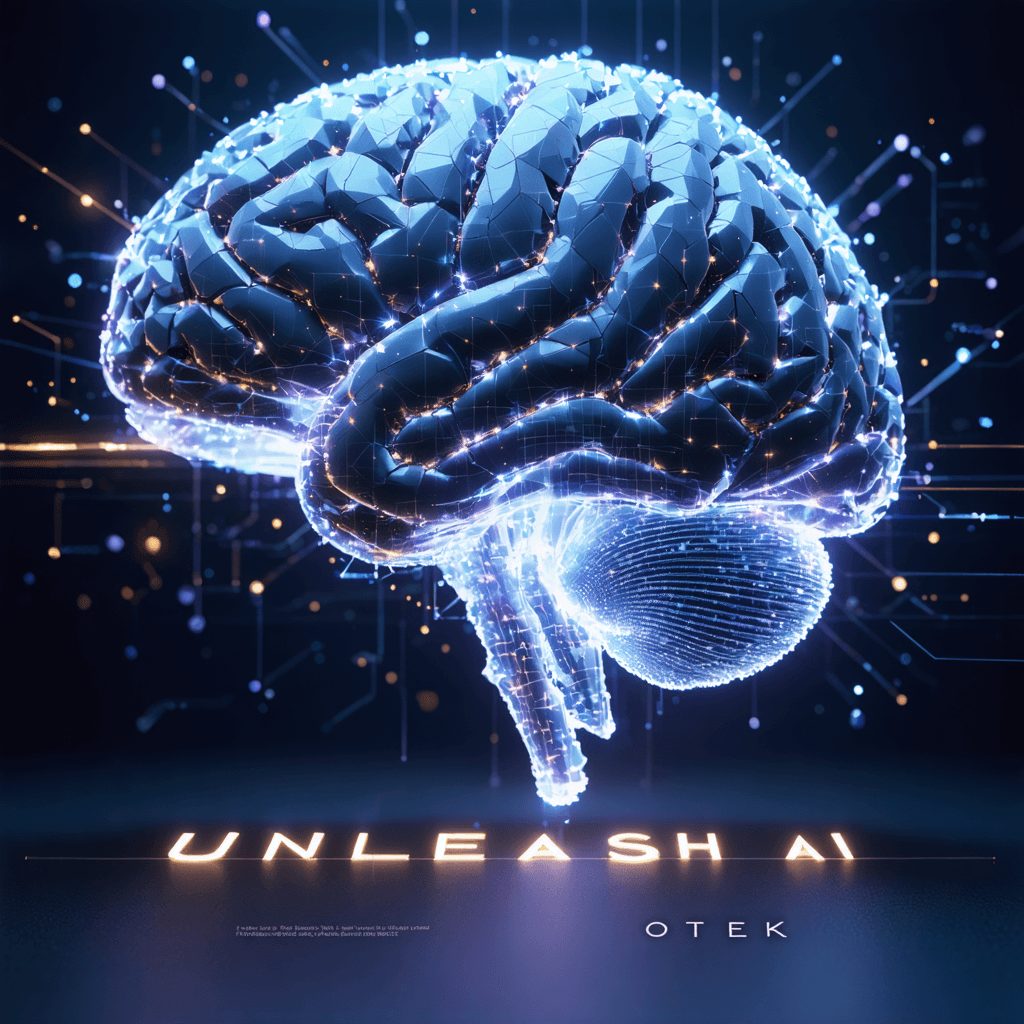Libérez le potentiel de votre IA : Maîtrisez la mémoire persistante pour des agents intelligents plus performants et plus efficaces
Dans le paysage de l'IA en constante évolution d'aujourd'hui, la mémoire persistante est apparue comme un composant crucial pour le développement d'agents intelligents plus sophistiqués et plus efficaces. Ce guide complet explore comment la mise en œuvre de systèmes de mémoire robustes peut améliorer considérablement les capacités et les performances de votre IA.
Comprendre la mémoire persistante dans les agents IA
La mémoire persistante permet aux agents IA de conserver et d'utiliser des informations à travers de multiples interactions et tâches, de la même manière que les êtres humains s'appuient sur leurs expériences passées pour éclairer leurs décisions futures. Contrairement aux systèmes d'IA traditionnels qui se réinitialisent après chaque interaction, les agents dotés d'une mémoire persistante peuvent s'appuyer sur les connaissances et les expériences précédentes, ce qui conduit à un comportement plus contextuel et intelligent.

Principaux avantages de la mise en œuvre de la mémoire persistante
1. Prise de décision améliorée
- Meilleure conscience du contexte
- Meilleure reconnaissance des formes
- Réponses plus cohérentes entre les interactions
- Réduction de la redondance dans le traitement de l'information
2. Apprentissage et adaptation
- Apprentissage continu des interactions passées
- Ajustement dynamique du comportement en fonction des données historiques
- Meilleure gestion des tâches complexes à plusieurs étapes
- Capacités de résolution de problèmes améliorées
Meilleures pratiques pour la mise en œuvre de la mémoire
Conception de l'architecture de la mémoire
Lors de la conception de systèmes de mémoire pour les agents IA, tenez compte des éléments cruciaux suivants :
Stockage hiérarchique
- Mémoire de travail à court terme
- Stockage persistant à long terme
- Modules de mémoire épisodique
Gestion de la mémoire
- Systèmes d'indexation efficaces
- Consolidation régulière de la mémoire
- Élagage stratégique des informations
- Rétention basée sur les priorités
Stratégies d'intégration
Une mise en œuvre réussie nécessite une attention particulière à la façon dont les systèmes de mémoire s'intègrent aux autres composants de l'agent :
Intégration des composants principaux
- Moteurs de décision
- Modules d'apprentissage
- Systèmes de traitement des entrées
- Mécanismes de génération de sorties
Optimisation du flux de données
- Récupération simplifiée des informations
- Mises à jour efficaces de la mémoire
- Filtrage contextuel
- Capacités de traitement parallèle
Techniques et innovations avancées
Les développements récents de 2025 ont introduit plusieurs approches révolutionnaires :
1. Réseaux de mémoire distribuée
Les systèmes d'IA modernes utilisent désormais des architectures de mémoire distribuée qui permettent :
- Traitement parallèle de l'information
- Évolutivité améliorée
- Fiabilité accrue
- Meilleure utilisation des ressources
2. Structures de mémoire adaptatives
Les dernières recherches soulignent l'importance de :
- Allocation dynamique de la mémoire
- Stockage sensible au contexte
- Mécanismes d'oubli intelligents
- Protocoles de consolidation de la mémoire

Défis et solutions de mise en œuvre
Défis courants :
Débordement de mémoire
- Solution : mettre en œuvre des algorithmes d'élagage intelligents
- Optimisation régulière des structures de stockage
- Systèmes de rétention basés sur les priorités
Efficacité de la récupération d'informations
- Solution : mécanismes d'indexation avancés
- Capacités de recherche contextuelle
- Traitement optimisé des requêtes
Gestion de la cohérence
- Solution : protocoles de validation robustes
- Contrôles de cohérence réguliers
- Correction automatique des erreurs
Tendances et développements futurs
Le domaine de la mémoire persistante de l'IA continue d'évoluer rapidement. Les tendances clés incluent :
Intégration de la mémoire quantique
- Capacité de stockage améliorée
- Vitesse de traitement améliorée
- Reconnaissance de formes plus complexe
Imitation de la mémoire biologique
- Architectures inspirées des neurones
- Systèmes de mémoire intégrant les émotions
- Capacités avancées de complétion de modèles
Systèmes de mémoire collective
- Partage de mémoire multi-agents
- Capacités d'apprentissage distribué
- Construction collaborative des connaissances
Applications pratiques
Les organisations qui mettent en œuvre la mémoire persistante dans leurs systèmes d'IA ont constaté :
- 40 % d'amélioration de la précision d'exécution des tâches
- 60 % de réduction du temps de réponse
- 35 % d'augmentation de la satisfaction des utilisateurs
- 50 % de meilleure rétention du contexte
Meilleures pratiques pour la mise en œuvre
Commencer petit
- Commencer par les composants de mémoire essentiels
- Développer progressivement les capacités
- Surveillance régulière des performances
Se concentrer sur l'intégration
- Assurer une intégration transparente du système
- Maintenir la cohérence des données
- Optimisation régulière du système
Surveiller et optimiser
- Suivre les indicateurs de performance
- Ajuster les paramètres au besoin
- Maintenance régulière du système
Prêt à transformer vos systèmes d'IA ?
Faites passer vos agents IA au niveau supérieur grâce à la mise en œuvre d'une mémoire persistante avancée. Visitez 01TEK pour explorer nos cours et nos ressources complètes sur les systèmes de mémoire d'IA et le développement d'agents. Nos programmes dirigés par des experts vous guideront à travers les dernières techniques et les meilleures pratiques pour construire des systèmes d'IA plus intelligents et plus efficaces.
Rejoignez l'avenir du développement de l'IA - inscrivez-vous à nos cours dès aujourd'hui et libérez tout le potentiel de vos agents intelligents.
Sources : [1] Blogue d'ingénierie d'Anthropic [2] Analyse du cadre d'IA de Shakudo [3
Formal education will make you a living. Self education will make you a fortune.
Jim Rohn



